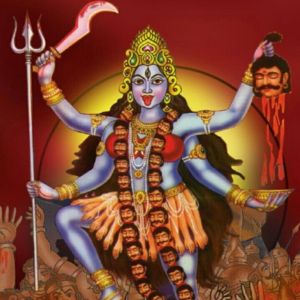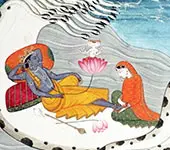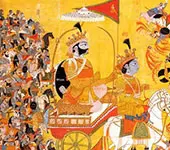Comments
Recommended for you
Kaali Mantras for blessings

om kaalyai namah' om taaraayai namah' om bhagavatyai namah' om kubjaayai namah' om sheetalaayai namah' om tripuraayai namah' om maatri'kaayai na....
Click here to know more..Chronology Of The Universe

Exploring the time metrics of the universe, lifespan of the universe, lifespan of Brahma, when the universes comes into existence .......
Click here to know more..Jagannatha Ashtakam

कदाचित् कालिन्दीतटविपिनसङ्गीतकवरो मुदा गोपीनारीवदनकम....
Click here to know more..
English Topics
Mahabharatam
Click on any topic to open
- 96 Two Curses That Worked against Karna
- 95 What is behind Calling the Five Brothers the Pandavas
- 94 Give up an Individual IF....
- 93 Fascinating Birth Story of the Kauravas
- 92 Overcoming Grief - Lessons from King Senajit's story
- 91 Yayati's Wisdom
- 90 Yayati's Story
- 89 Brahmacharis Can Bless And Curse
- 88 Human Nature - Comples Mix Of Good And Bad
- 87 Results Of Good Karma
Please wait while the audio list loads..
30
Ganapathy
Shiva
Hanuman
Devi
Vishnu Sahasranama
Mahabharatam
Practical Wisdom
Yoga Vasishta
Vedas
Rituals
Rare Topics
Devi Mahatmyam
Glory of Venkatesha
Shani Mahatmya
Story of Sri Yantra
Rudram Explained
Atharva Sheersha
Sri Suktam
Kathopanishad
Ramayana
Mystique
Mantra Shastra
Bharat Matha
Bhagavatam
Astrology
Temples
Spiritual books
Purana Stories
Festivals
Sages and Saints
